mnztr wrote:Any truth to them developing flat nozzles for the SU-57 or is it just Western (you must be copying us) BS?
USSR, 1983.
 Re: Su-57 Stealth Fighter: News #8
Re: Su-57 Stealth Fighter: News #8mnztr wrote:Any truth to them developing flat nozzles for the SU-57 or is it just Western (you must be copying us) BS?
GarryB, kvs, Manov, lancelot and Mir like this post

 Re: Su-57 Stealth Fighter: News #8
Re: Su-57 Stealth Fighter: News #8I believe it was tested in a lab much earlier as well..USSR, 1983. wrote:
GarryB likes this post
 Re: Su-57 Stealth Fighter: News #8
Re: Su-57 Stealth Fighter: News #8"The nozzles themselves vector in only one plane; the canting allows roll and yaw moments by vectoring each nozzle differentially, thus enabling the aircraft to produce thrust vectoring moments about all three aircraft axes, pitch, yaw and roll."
That makes it 3D.
Only people on F16.net believe that the Su35/57's vectoring nozzles are 2D - anywhere else these nozzles are referred to as 3D.
Ore of pre-start procedures is to check them by spinning. Quite easy to find on film.
Three-dimensional (3-D) vectoring nozzles gives you multi-axis or pitch and yaw control. (Su-35)
USSR, 1983. wrote:
 Re: Su-57 Stealth Fighter: News #8
Re: Su-57 Stealth Fighter: News #8sepheronx and GarryB like this post
 Re: Su-57 Stealth Fighter: News #8
Re: Su-57 Stealth Fighter: News #8GarryB likes this post
 Re: Su-57 Stealth Fighter: News #8
Re: Su-57 Stealth Fighter: News #8GarryB wrote:
Your previous post you said the Su-35 used 2D angled TV with the engines canted to give a sudo 3D effect.
Now you say they are 3D TVC
GarryB wrote:The engines on the Su-35 flanker are 2D as well but are round.
GarryB wrote:which is why it sometimes gets called 2.5D
From the point of view of the direction of vectoring, TVNs can be classified:
• Single-Axis TVNs: (also called 2-D or Pitch-only)
The deflection of the gas flow is achieved in vertical direction only. They replace and/or complement horizontal control surfaces. This type is suitable for
all types of variable geometry military aircraft nozzles, for applications without Post-Stall.
• Multi-Axis TVNs: (also called 3-D or Pitch and Yaw)
The deflection of the gas flow is achieved in any direction. They replace and/or complement horizontal and vertical control surfaces. This type is specially
suitable for round nozzles, for applications with Post-Stall.
Mir wrote:the canting allows roll and yaw moments by vectoring each nozzle differentially, thus enabling the aircraft to produce thrust vectoring moments about all three aircraft axes, pitch, yaw and roll.
 Re: Su-57 Stealth Fighter: News #8
Re: Su-57 Stealth Fighter: News #8
 Re: Su-57 Stealth Fighter: News #8
Re: Su-57 Stealth Fighter: News #8 Re: Su-57 Stealth Fighter: News #8
Re: Su-57 Stealth Fighter: News #8A flat boxy 2D nozzle was tested in a fight on a flying laboratory that used only one nozzle like that, while the other was standard for Su-27.
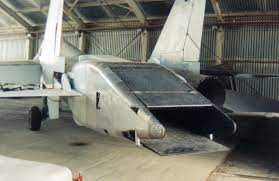


ALAMO and Manov like this post
 Re: Su-57 Stealth Fighter: News #8
Re: Su-57 Stealth Fighter: News #8ALAMO wrote:A flat boxy 2D nozzle was tested in a fight on a flying laboratory that used only one nozzle like that, while the other was standard for Su-27.
Mir wrote:It should be noted that Sukhoi worked on 2D nozzles as well. For example the boxy flat nozzle that was tested on the T10-24 was 2D.
ALAMO likes this post
 Re: Su-57 Stealth Fighter: News #8
Re: Su-57 Stealth Fighter: News #8GarryB wrote:I have seen vectored thrust engines on the Su-35 but not on the in service MiG-35s.
GarryB wrote:The MiG-35 is supposed to get it as standard... and it has real 3D TVC unlike the Sukhoi models with 2.5D.
 Re: Su-57 Stealth Fighter: News #8
Re: Su-57 Stealth Fighter: News #8
Sorry but in all my posts about the Su-35's TV's I have clearly stated that they are 3D?
However it is quite clear from your posts that you believe they are 2D.
You also claim that they are 2.5D but in all of the literature that I've seen about TVC's they only mention 2D and 3D vectoring, but feel free to enlighten us with some credible evidence on 2.5D TVC's.
Mir wrote:
the canting allows roll and yaw moments by vectoring each nozzle differentially, thus enabling the aircraft to produce thrust vectoring moments about all three aircraft axes, pitch, yaw and roll.
You are quite correct that the Al-31 was developed by Saturn - and so was the TVC.
These are optional only as mentioned above, although I believe you thought they come as standard?
tanino likes this post
 Re: Su-57 Stealth Fighter: News #8
Re: Su-57 Stealth Fighter: News #8GarryB wrote:You post a quote stating that there are two types of thrust vectoring engine, one is 2D and the other is 3D and then you say by canting the 2D type you can achieve 3D flight performance.
I know from experience you are not an idiot, but you can be a prick... which is what is happening right now.
Mir wrote:the canting allows roll and yaw moments by vectoring each nozzle differentially,
Mir wrote:thus enabling the aircraft to produce thrust vectoring moments about all three aircraft axes, pitch, yaw and roll.
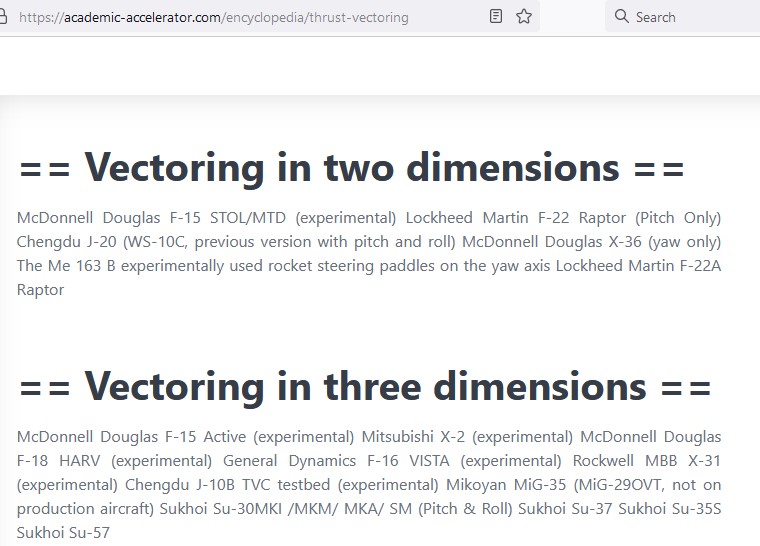
 Re: Su-57 Stealth Fighter: News #8
Re: Su-57 Stealth Fighter: News #8Backman and Mir like this post
 Re: Su-57 Stealth Fighter: News #8
Re: Su-57 Stealth Fighter: News #8GarryB and Big_Gazza like this post
 Re: Su-57 Stealth Fighter: News #8
Re: Su-57 Stealth Fighter: News #8kvs wrote:They should stop at the addition of serration to the circular nozzles and not waste time with 2D F-22 style nozzles. I have not seen any justification
for the need for such nozzles. Escaping AA missiles? But stealth does not work in the IR range. The exhaust is always going to be hot enough
relative to the background to be detectable. Mixing the exhaust enough to lower the IR by a large factor would require impractical large volume chambers.
Shaping of the nozzles is not going to do much without a large increase in surface area.
kvs and Backman like this post
 Re: Su-57 Stealth Fighter: News #8
Re: Su-57 Stealth Fighter: News #8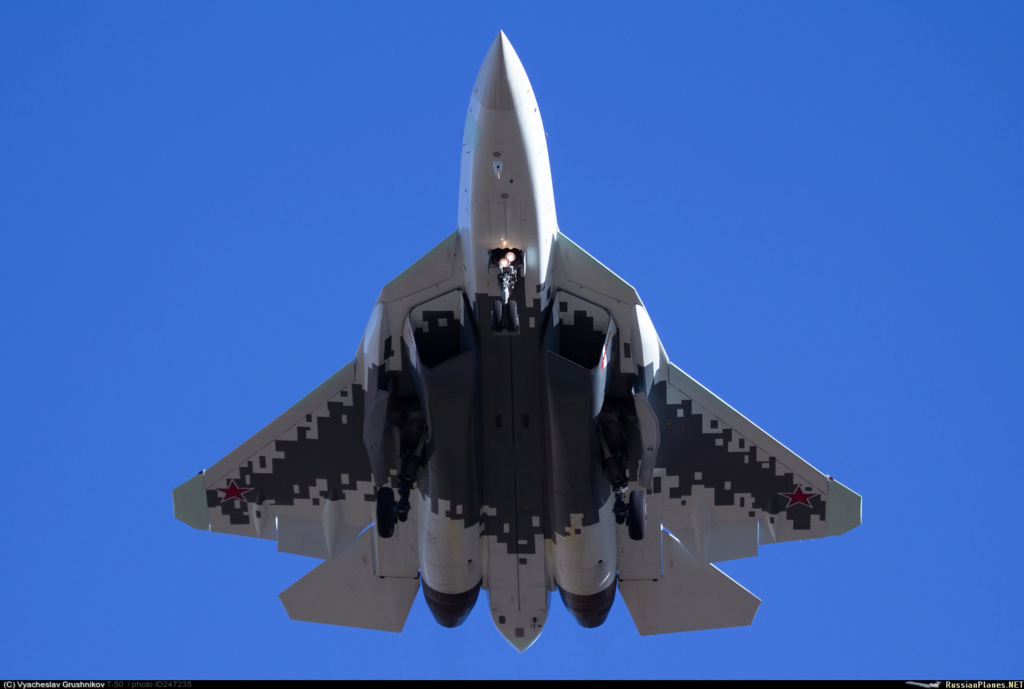
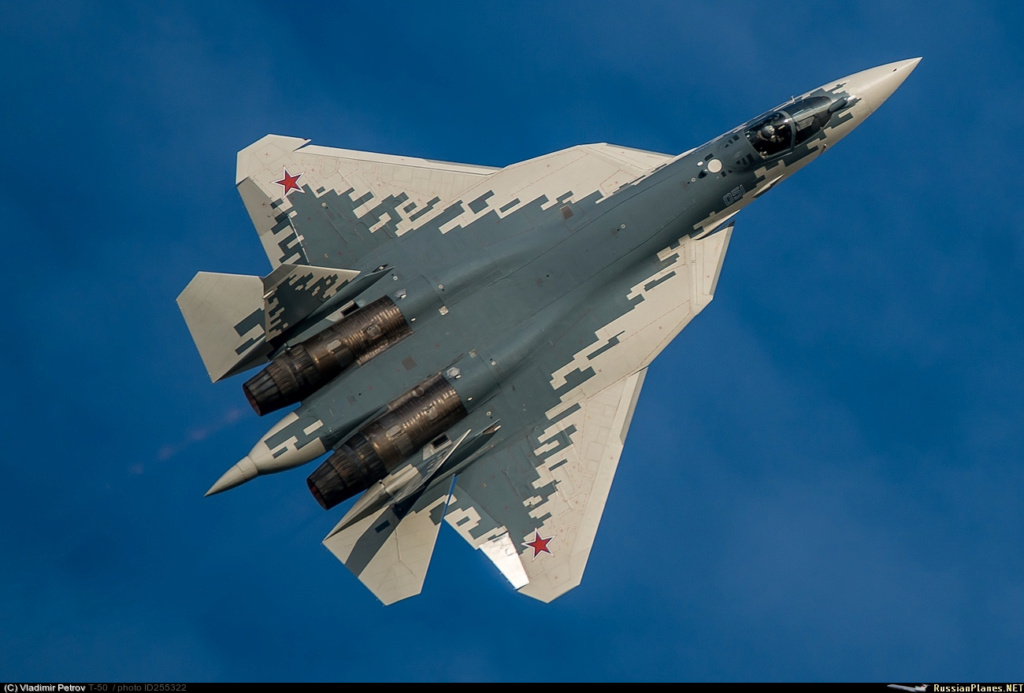


franco, George1, kvs and zepia like this post

 Re: Su-57 Stealth Fighter: News #8
Re: Su-57 Stealth Fighter: News #8Bort number 058 had an intriguing shape superimposed on a white background. Wonder what that could be? My first thoughts back then was that it was some Area 51 design but now I'm thinking it may well be Russian! wrote:
 Re: Su-57 Stealth Fighter: News #8
Re: Su-57 Stealth Fighter: News #8 Re: Su-57 Stealth Fighter: News #8
Re: Su-57 Stealth Fighter: News #8You're not paying attention. The keyword here is "differential". I'll brake it up for you to explain it better.
They should stop at the addition of serration to the circular nozzles and not waste time with 2D F-22 style nozzles.
PAK DP
Then again we all thought the single engine light fighter project was a Mig thing - in the end it turned out to be the Checkmate from Sukhoi!
 Re: Su-57 Stealth Fighter: News #8
Re: Su-57 Stealth Fighter: News #8Mir wrote:The boxy 2D TVC that was tested on the Su-27 showed that there was some IR reduction, but it was considered as not enough to pursue any further at that stage.
GarryB, kvs and Mir like this post
 Re: Su-57 Stealth Fighter: News #8
Re: Su-57 Stealth Fighter: News #8GarryB wrote:But the smoke and mirrors deflections of 2D angled nozzles to achieve what essentially would be a simple deflection to the left by both engine nozzles to yaw the aircraft would be complex and not as effective as to engine nozzles deflected 15 degrees to the left or right.

George1 and Big_Gazza like this post
 Re: Su-57 Stealth Fighter: News #8
Re: Su-57 Stealth Fighter: News #8Two-dimensional (2-D) vectoring nozzles gives control in a single axis, or pitch-only.
Pitch is the up and down movement of the aircraft from it's center of gravity.
Note that only two planes (i.e. pitch and roll) already gives you 3D vectoring.
Yaw control is an additional but extremely useful bonus - esp in aerial combat.
Here is also an interesting picture of the TVC nozzles on the older AL-31FP. Have a close look. The newer AL-41F1/S series uses the same principle and the same also applies for the AL-51's.
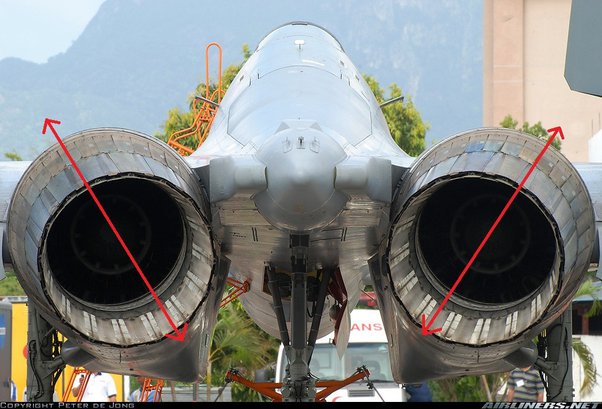
 Re: Su-57 Stealth Fighter: News #8
Re: Su-57 Stealth Fighter: News #8GarryB wrote:That is true for a single engined fighter.


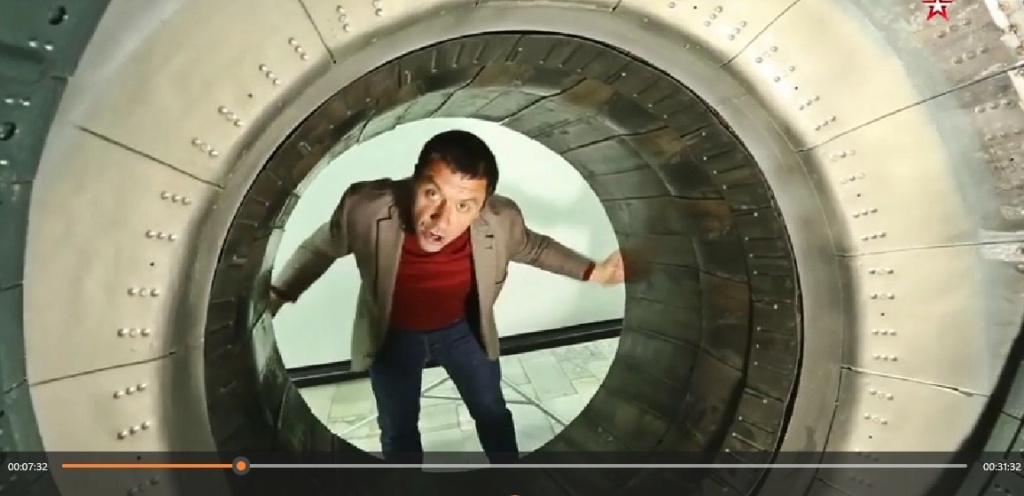
Hole likes this post

 Re: Su-57 Stealth Fighter: News #8
Re: Su-57 Stealth Fighter: News #8Mir wrote:Apparently the F-22 only has 2D TVC's - so how would you explain that?

(just joking)
Anyway I see in your post above you completely ignore the controlled flat spin performed by the Su-57. A maneuver that can only be accomplished by 3DTVC's.
This is something that the Su-30MKI/SM, the Su-35 and the Su-57 can do. Not forgetting the Mig-29OVT as well.
I have mentioned before that the sole Mig-29OVT is one of my favorite Migs and I am well aware of what it can do.
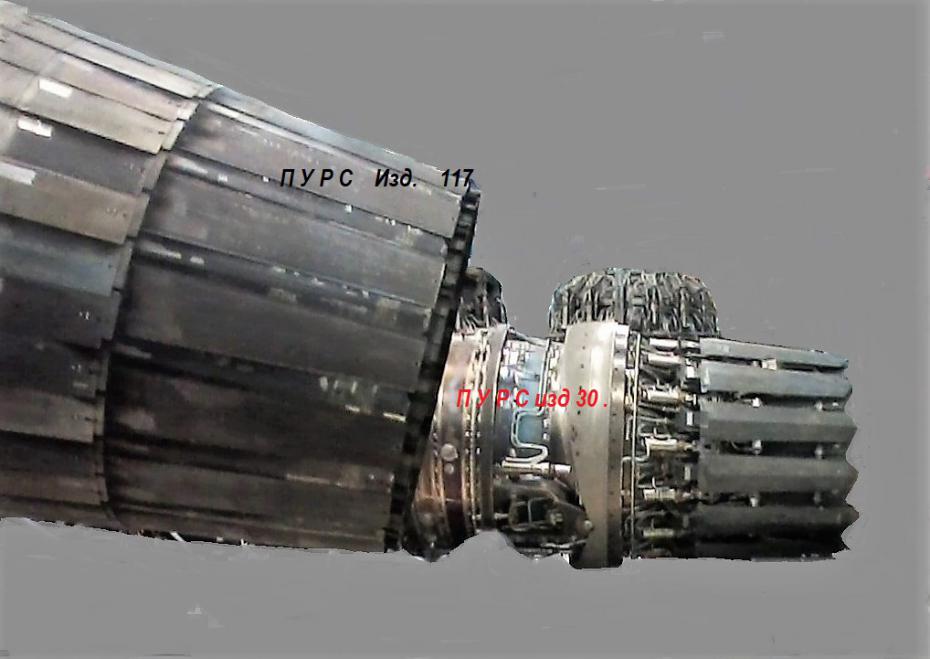
zepia and LMFS like this post